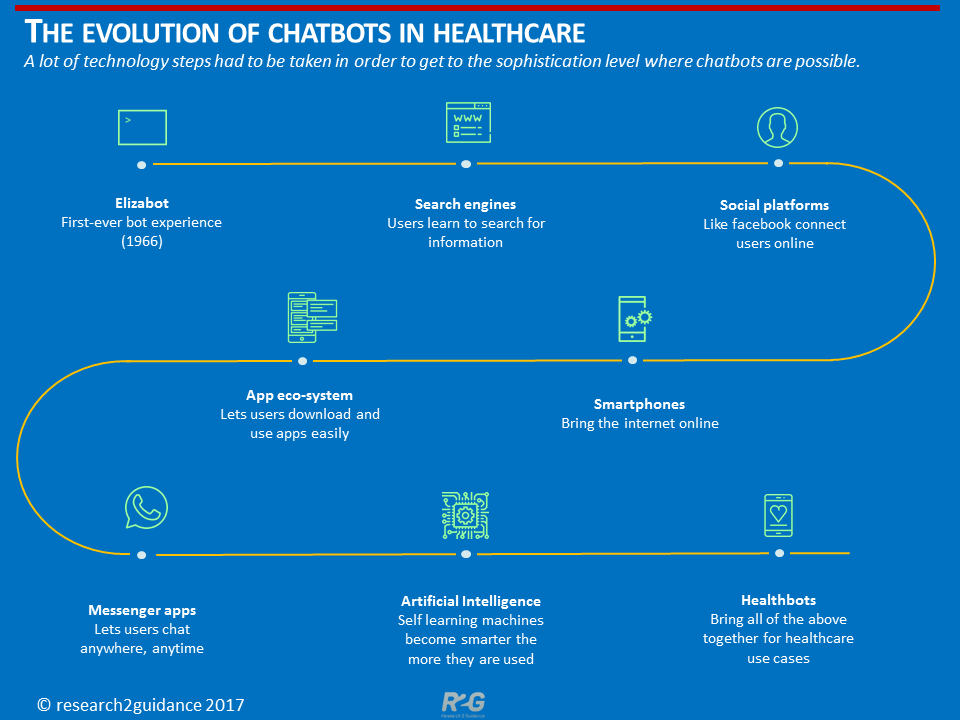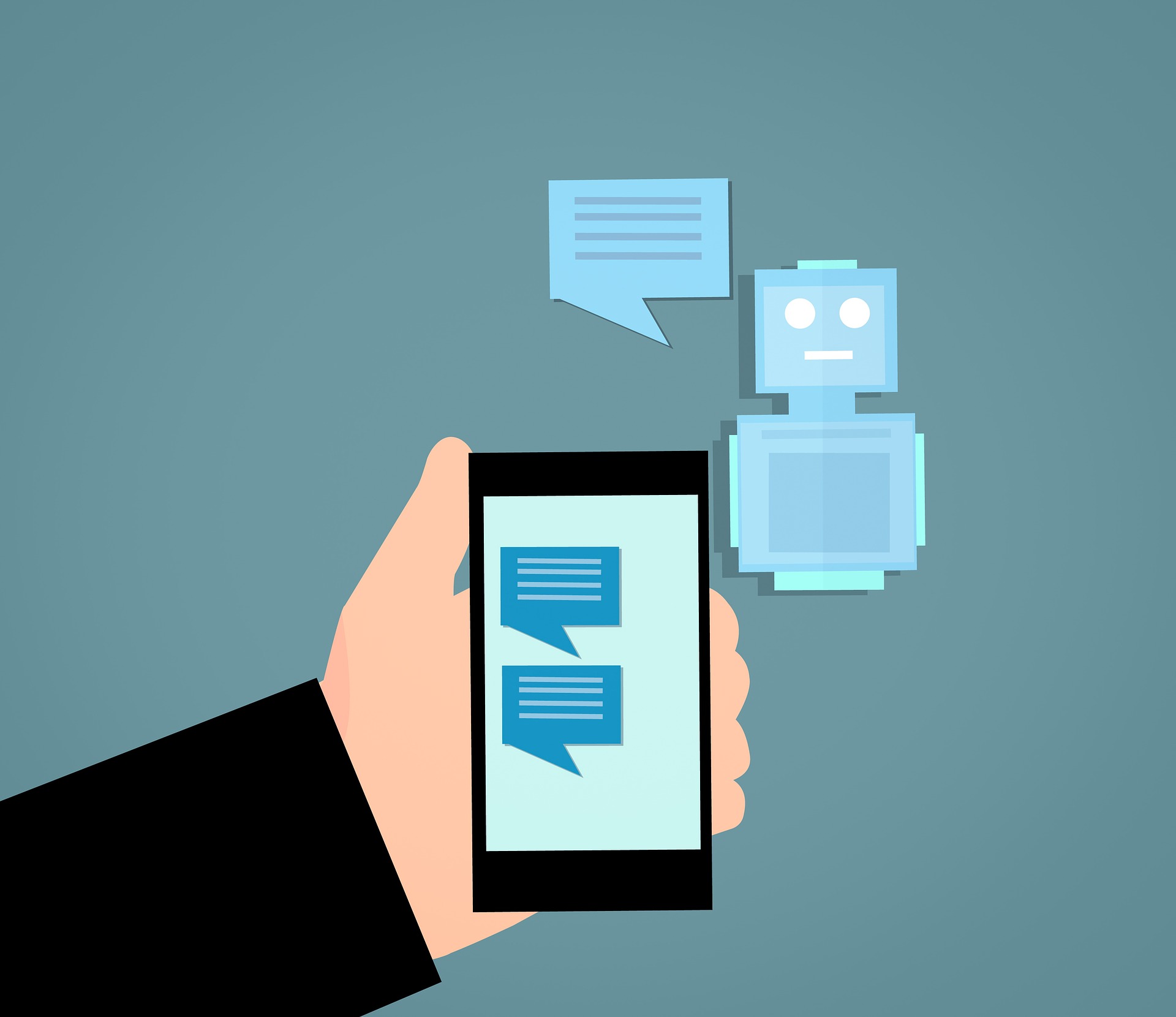Because modern people want to be seen quickly and want to get to the root of their problems fast, the whole ‘going to the doctor’ phenomenon swiftly disappears. As proof of this statement, the Kaiser Family Foundation conducted a poll of 1,200 randomly selected adults, and it showed that 45% of millennials do not have a primary care provider.
In fact, the whole system changes: if previously patients visited their primary care doctor to get an appointment to a narrow specialist their primary care doctor referred them to, modern health insurance plans allow patients to go directly to a specialist for a problem they’ve self-diagnosed (not without a help of Google, various web-portals, and mobile applications).
But this is not just about patients who prefer using the potential of modern technologies to make their life a bit easier and their schedules a bit more relaxed, it’s about healthcare specialists as well.
According to mHealth Intelligence, 71% of healthcare providers already offer telemedicine options, and chatbots perfectly fall into such category of services. Furthermore, statistics show that 42% of physicians believe that chatbots are either very important or somewhat important in the healthcare industry. 44% of physicians stated that they would be very likely or somewhat likely to prescribe the use of health care chatbots to their patients within the next 5 years.Meanwhile, 76% of people already use health&fitness apps, and 30% indicated that they had direct personal experience of using chatbots for health-related issues.
Statistic numbers signify the chatbots’ unambiguous trend. So let’s dive into it, highlighting the existing types of chatbots, benefits they are supposed to bring, pros for chatbot development, possible pitfalls, and things to pay attention to when building a chatbot.
The Evolution of Chatbots
Although the technology is not new and dates back to the 1960s, the rise of chatbots happened to coincide with the development of AI — one of its crucial components. The evolution stages of the technology are illustrated below:

As you can see, it took more than 50 years for the technology to develop to its current state. And although it still has plenty of space for improvements, chatbots rapidly grow in popularity, especially in the healthcare sector. As for today, healthcare chatbots are primarily used in mobile applications that fall into four main categories.
Types of Digital Health Assistants
So what are the existing categories of healthcare chatbots? Let’s point them out with examples.
Chatbots-Psychologists
Example: Woebot
This type of digital health assistant is aimed at delivering cognitive-behavioral therapy. As the study on Woebot shows, the app works great in terms of providing psychological support, and its users can significantly reduce their symptoms of depression.
Chatbots-Receptionists
Example: Eve in Docto
The second type is aimed at providing answers to questions frequently asked in the hospital that utilizes a chatbot. The above-mentioned digital receptionist Eve helps patients of the Australian biggest hospital to register, book appointments, and connect with a Duty Doctor.
Chatbots-Consultants
Example: Your.MD
Consulting digital health assistant can help with pre-diagnostic issues, advising on the period when a patient needs to see a doctor based on the symptoms specified by a user. Also, it can be useful in cases when a patient doesn’t have access to medical help.
Chatbots-Nurses
Example: Florence
Digital nurses work as some kind of reminder program. After a patient specifies the information on the name of the medicine, the number of times to take it a day and the number of pills prescribed in one go, a digital nurse will send kind reminders every time a patient needs to take a pill.
All of the four types of digital health assistants offer the precious convenience of saving time and money while taking health issues seriously. But what benefits are left for the healthcare providers? Let’s find out.
Benefits Chatbots Bring to Healthcare

The key advantages of using chatbots in healthcare include:
- Better Health Monitoring
Since the process of recovery depends not only on the doctor’s competency but also on how a patient acts on medical advice, chatbots can help in providing better patient monitoring. For example, they can serve as reminders of taking prescribed medicine, undergoing medical procedures, and arranging timely appointments.
- Quick Access to Crucial Data
If a chatbot used within a medical organization is in charge of keeping records, doctors can quickly access patient’s data, diminishing time spent by corresponding employees on getting the same work done.
- Increased Patient Trust
Being free from a human factor, chatbots are ideal for helping patients in choosing the right healthcare provider, showing the most conveniently located hospitals, and even providing information on its workers. All this information becomes available to a patient without any searches, but simply in the convenience of a mobile app.
- Calendar Arrangements
With chatbots, it becomes easier for both doctors and their patients to plan appointments.
- Extra Help
Chatbots are extremely helpful in providing patients with different information, including answers to simple questions and some minor recommendations that previously would require a patient to visit a doctor or make a call to a hospital.
Considering the fact the development of chatbot-featuring applications is a comparatively new option, there are plenty of other benefits we could expect in the future. As for now, the technology is not perfect and has some significant disadvantages.
Chatbot Imperfection
Many would ask: if chatbots are so good, why aren’t they used as an alternative to visiting doctors? And the answer is — because health issues always require much attention to emotions and this is where chatbots fail.
Yes, the technology learns from the surrounding world, but in its current state, it is too far from reading emotions and acting accordingly to the received information. In other words, chatbots don’t show empathy, but there are some steps towards voice and speech recognition.
Nevertheless, SRI International takes steps to make conversations with digital assistants more human-like. So someday, and probably this day is not so far from now, chatbots will learn how to translate the emotional background of human conversations.
Why Chatbots are Better than Symptom Checks and Google Search?
Even though the chatbot technology is imperfect, it already shows its promising potential, especially when compared to symptom checking websites and a fellow Google search.
Chatbots vs Google Search
Chatbots beat Google search in terms of providing correct information and offering more convenience in use. When a patient searches for something on the web, there are always chances to find some fake or promotional information, while a chatbot gradually taught by physicians is more likely to provide relevant answers.
Chatbots vs Symptom Checking Websites
When it comes to comparing chatbots with symptoms checking websites, the first beat the latter with more personalized answers.
Nevertheless, chatbots are not created equal. Some of them are quite useful, while some give nothing but disappointment.
What Does it Take to Build a Chatbot?
Chatbot development is a complicated process that requires:
- Information Source Integration
The main source of learning for a chatbot.
- Natural Language Processing
It allows a chatbot to understand human-generated language and enables the user to talk to a chatbot with voice.
- Natural Language Generation
It contributes to human-like conversations with a chatbot, allowing it to generate logical sentences, ask additional questions, and provide relevant answers.
- Image Recognition
Enables digital health assistant to recognize body deviations and, as a result, provide better recommendations.
- Sentiment Analysis
It allows collecting feedbacks and in this way promotes better decision-making.
- IoT Integrations
Allow receiving information on a patient’s health status from wearables to analyze it and generate personalized recommendations.
Although the list is not complete and there are always some additional issues arising from the project requirements, paying attention to these points is important when developing a quality digital health assistant.
Having more than 20 years of experience in delivering solutions for the healthcare industry, and completed projects featuring chatbots, we will be happy to answer all of your questions concerning the development of a digital health assistant. Feel free to contact us, and thank you for reading.









